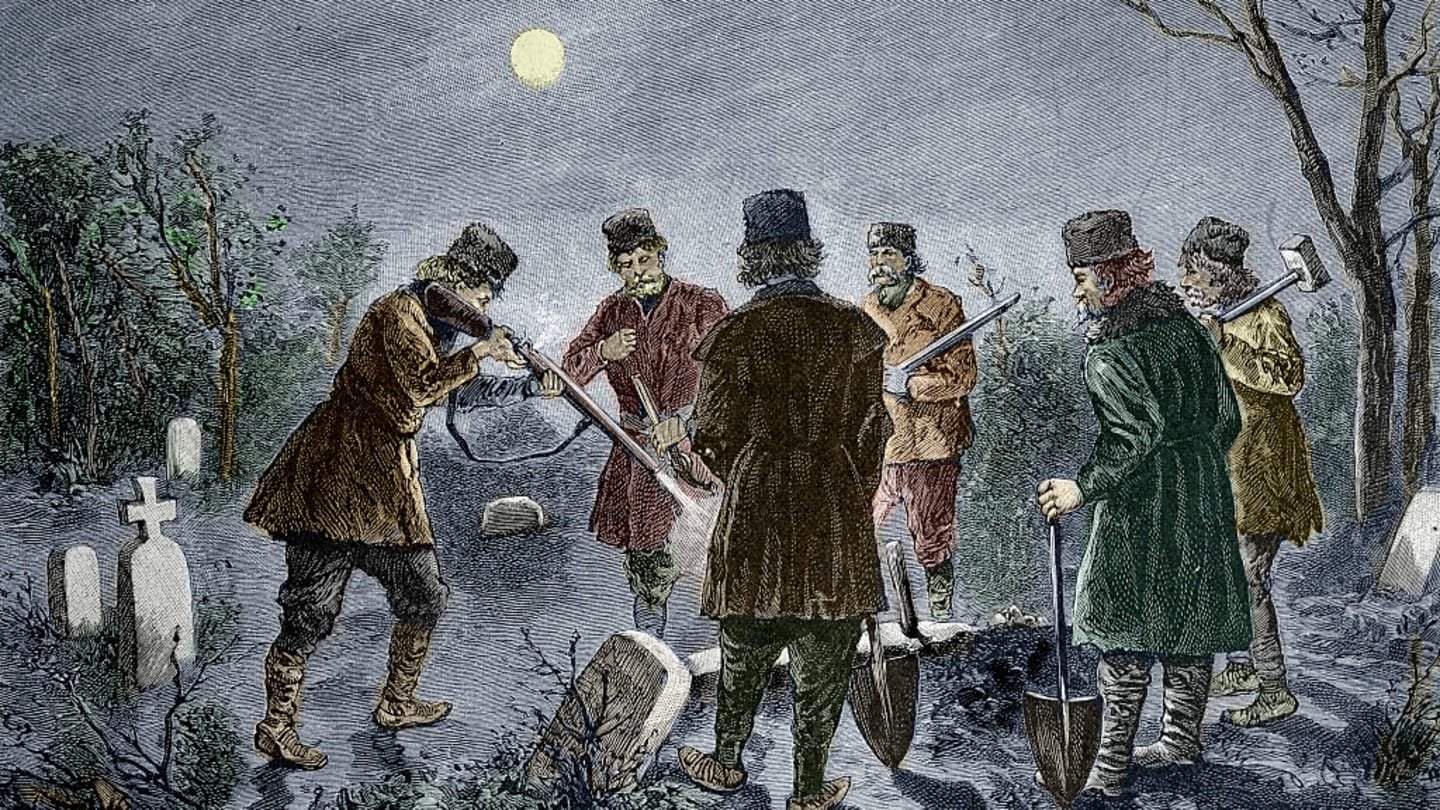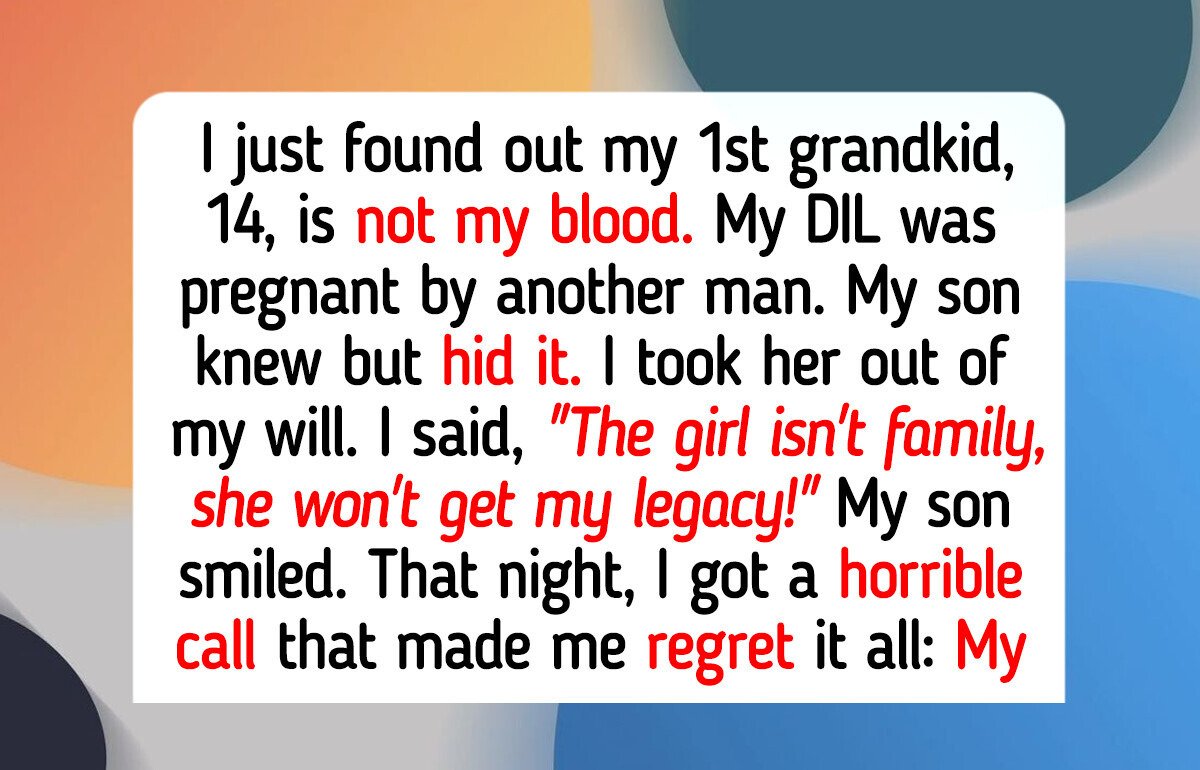
7 Frightening Facts About Europe’s Real-Life Vampires
since Bram Stoker‘s Dracula Issued in 1897, Vampires It has captured the world’s imagination. But the effects of vampires are real – or at least Belief In real-life vampires, Stoker’s vision preceded his literary vision. Here are seven fascinating facts about real vampires in Eastern Europe and beyond.
- There are about 100 medieval vampire graves in Bulgaria.
- Belief in vampires arose from the mysteries of decomposition.
- Vampire graves have also been found in Poland.
- Some “vampires” in the 18th century may have contracted rabies.
- Some in rural Romania still believe in vampires.
- Dracula is based on a real person.
- Living people are known as vampires today.
There are about 100 medieval vampire graves in Bulgaria.

Starting in the early 2000s, archaeologists All over Bulgaria Skeletons of people believed to be vampires have been discovered: six skeletons were discovered near Debelt, two were found in Sozopol; Another was discovered in the ruins of Barbarikon near the Greek border. What distinguishes these 13th century skeletons are the bars that were inserted into their chests and fixed to the ground. When people considered bad or evil died in medieval Bulgaria, this precaution was taken so that they could not rise from the dead at night and feast on unsuspecting victims. Researchers believe there are about 100 of these vampire cemeteries in Bulgaria.
Belief in vampires arose from the mysteries of decomposition.

In 1732, an Austrian medical officer named Johannes Flückinger investigated the death and subsequent crimes of a man named Arnold Pauli, and is believed to have risen from his grave to kill dozens of villagers after his unexpected incident. death. To stop his murderous rampage, the villagers drove a stake through Powell’s heart, which confirmed his death – Fluckinger reported that the body groaned and bled after being stabbed, proving that the body was still alive. Today, Flukinger’s recording clearly illustrates how the townspeople used vampire tales to explain the strange behaviors of humans. Decomposing corpses.
Decomposition Human body It takes much longer than you might think. Since cold temperatures slow the decomposition process, a body buried underground during the winter can remain intact for weeks or months. It is also not unusual for the body to swell or bleed. Eighteenth-century villagers saw blood around the mouths, noses and ears of the corpses and concluded that the corpses must have left their graves at night to feed on the living.
You may also like…
Add the mental thread as Favorite news source!
Vampire graves have also been found in Poland.

while Dracula Forever associated with Transylvania, a region in modern-day Romania, vampires were not limited to the Balkans. In Poland, people placed large rocks under the chins of would-be vampires and placed machetes on their bodies to keep them underground. Balkan folklore speculated that unbaptized people and people considered bad or who died early were at risk of returning as vampires. A 2014 He studies In the magazine One plus He suggested that Polish “vampires” were likely the first victims of the cholera epidemic.
Some “vampires” in the 18th century may have contracted rabies.

In 18th-century Spain, vampires were allegedly seen killing animals and terrorizing communities at night. The best possible explanation for this “vampire outbreak,” as a Spanish neurologist suggested in 1998, was not supernatural, but medical. He said no Symptoms of rabies It can be responsible for almost all vampire behaviors, including sensitivity to garlic and light (rabies patients have hypersensitivity), nocturnal habits (rabies affects the part of the brain that helps regulate sleep cycles), and fatal bites (25% of people with rabies are known to bite others, and the virus can be transmitted through saliva).
Some in rural Romania still believe in vampires.

In small villages in rural Romania, many people still turn to vampires as an explanation for confusing circumstances. In 2004, the body of a man from Marottino de Sus was exhumed so that villagers could perform an ancient ritual. Anti-vampire rituals. The man, who died suddenly in a farming accident in 2003, is believed to have returned as A ghost (A restless spirit returns to suck the life force from his living family members) and causes a distant relative to fall ill. Six villagers exhumed the man’s body to cut out his heart and place stakes in his body. Only then did his relative return to health.
Stories like this are not unusual. In fact, many rural villagers believe that babies who are born on their legs first (known as breech births) or with the placenta still attached are more likely to have birth defects. ghost When they die, they are thus buried when the time comes with knitting needles stuck into their eyes and bodies to prevent their return.
Dracula is based on a real person.

There is a popular – but incorrect – belief that Bram Stoker based his character Count Dracula on the 15th-century Roman ruler Vlad III, Prince of Wallachia, known as Vlad the Impaler (Vlad the Impaler).Vlad Tepes in Romanian). During his reign, Vlad was known for endangering his enemies. It is believed that in 1462 he filled the battlefield with thousands of impaled victims in order to send a message to the Ottomans who intended to invade his lands.
Despite this gory provenance, historians have concluded that Stoker probably knew nothing about Vlad the Impaler when he outlined his novel. while On holiday in WhitbyYorkshire, Stoker borrowed Account for the principalities of Wallachia and Moldavia, A book about the two Roman provinces, from the public library, made a telling remark: “Dracula in the language of Wallachia means the devil.” It is believed that this book, not the Roman prince, is the source of the legendary name.
As for real-life inspiration, historians believe that Stoker based Dracula’s physical appearance and manners on his employer, the famous stage actor. Henry IrvingFor whom he worked as a business manager. It is clear that Irving’s incessant demands absorbed the novelist’s entire life.
Living people are known as vampires today.

2015 study open An unknown number of people from all over the world identify themselves as real vampires. These individuals keep their practices private so as not to be judged or discriminated against. The study draws an important distinction between “real” vampires and “lifestyle” vampires, or people who adopt vampire behaviors common in popular culture (such as sleeping in coffins or wearing fangs). In contrast, true vampires believe that they must feed on the energy or blood of a willing donor to maintain their mental and physical health. Fortunately, real vampires do not pose a danger to others, and are considered psychologically and socially stable.
A version of this story was published in 2015; Updated for 2025.













Post Comment